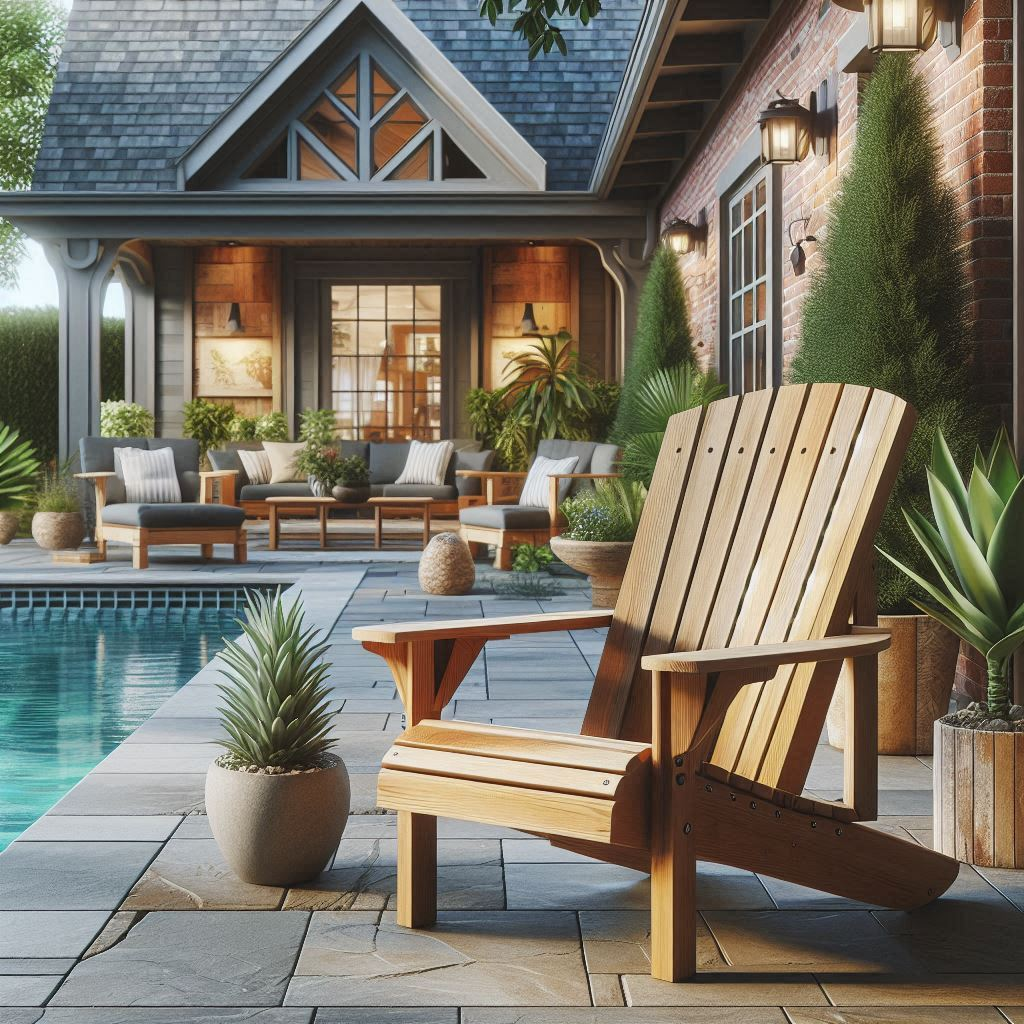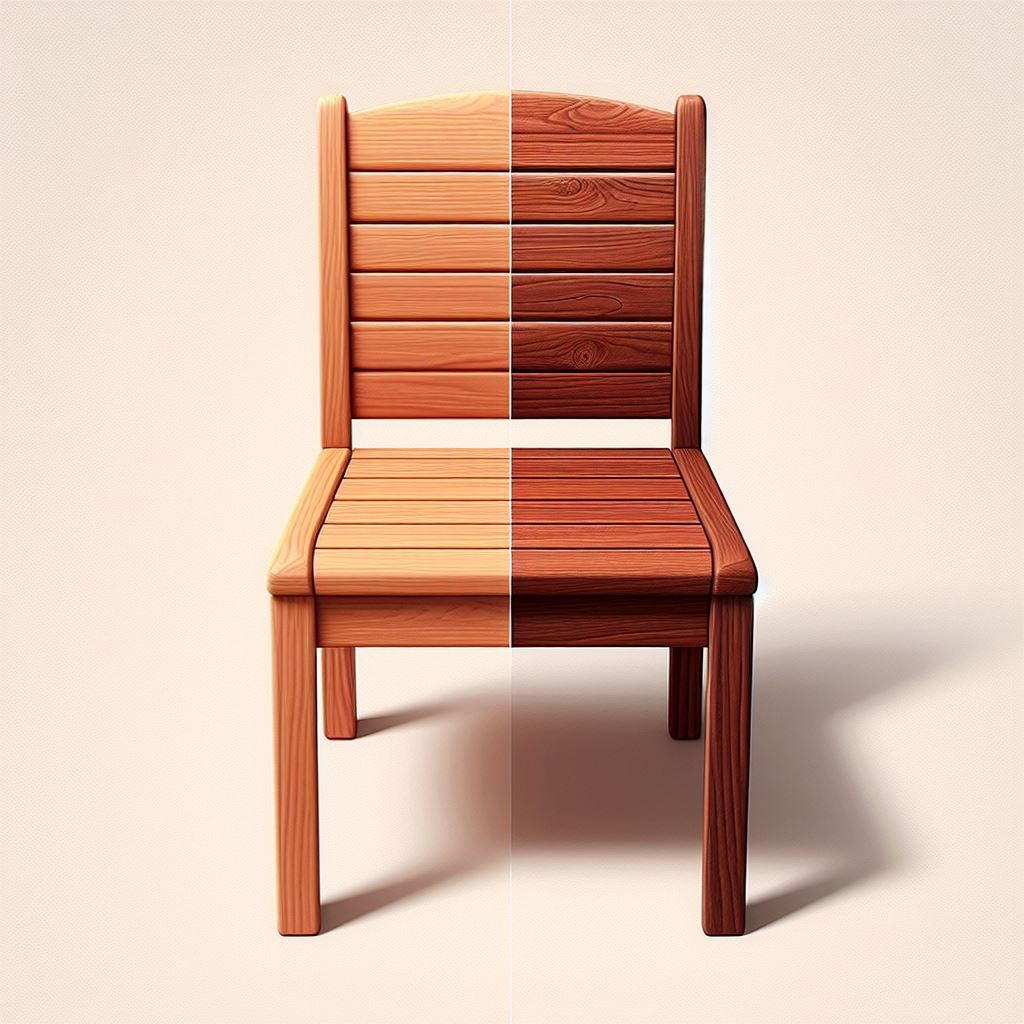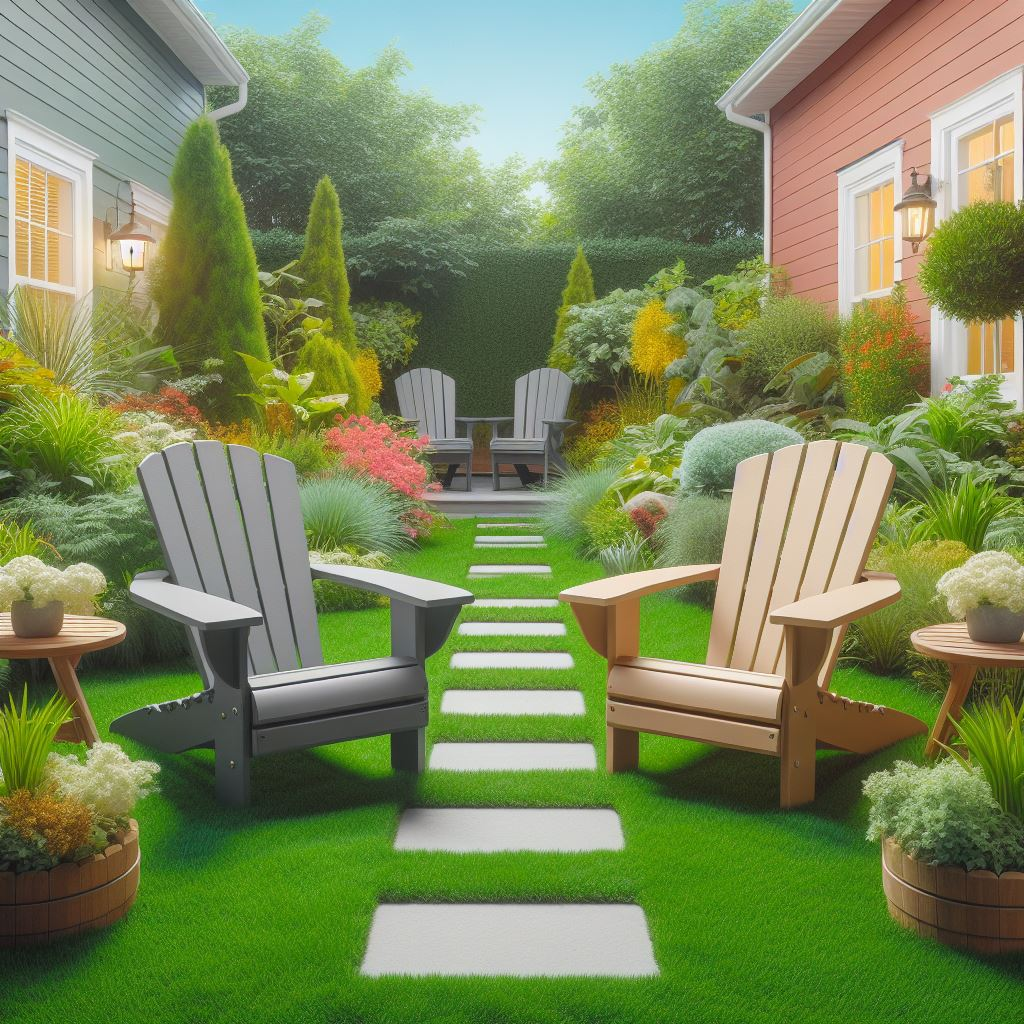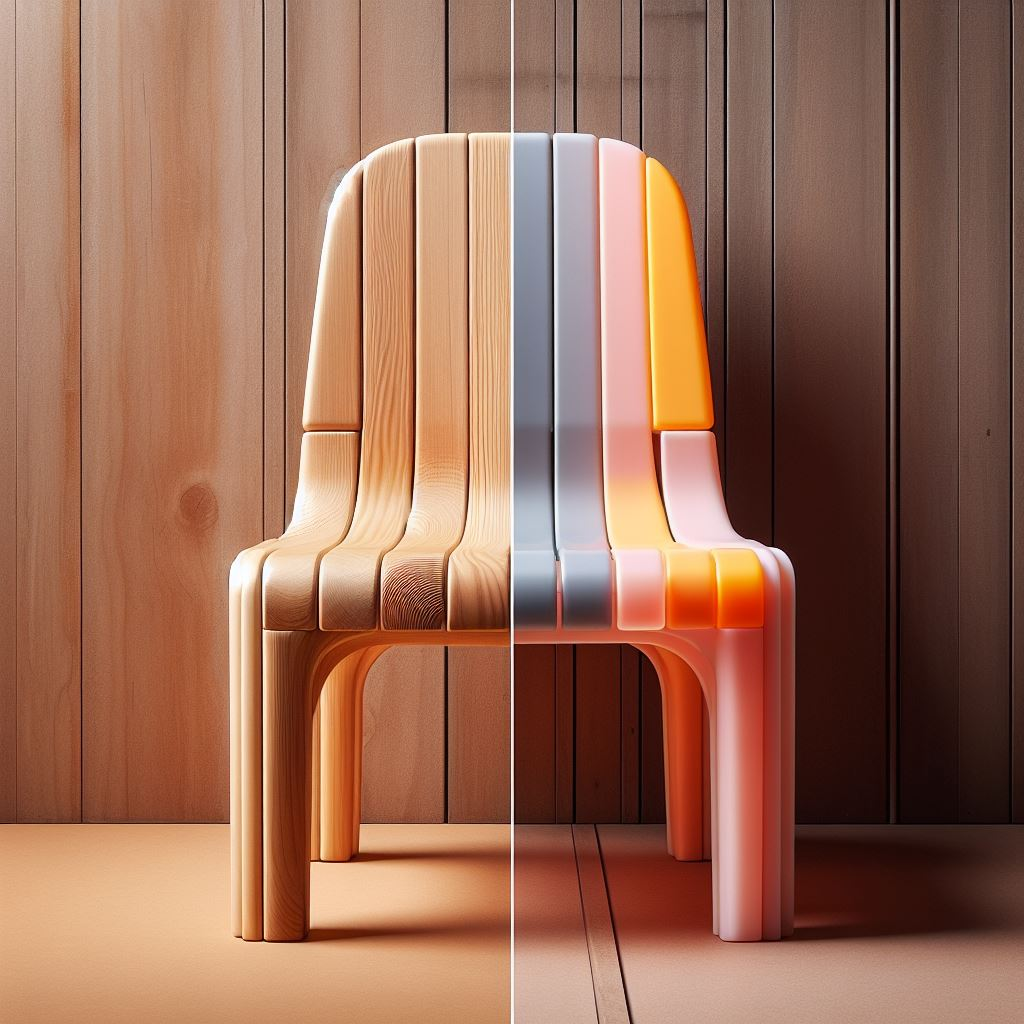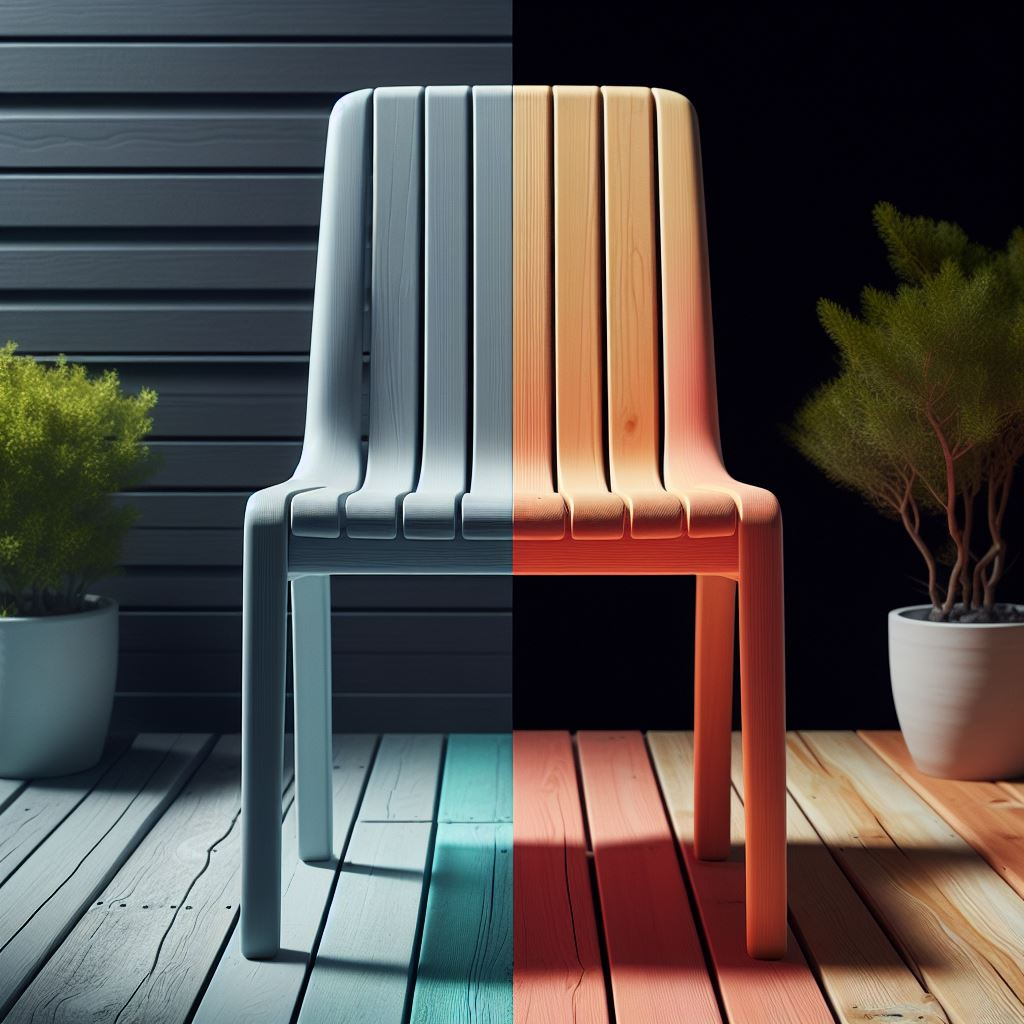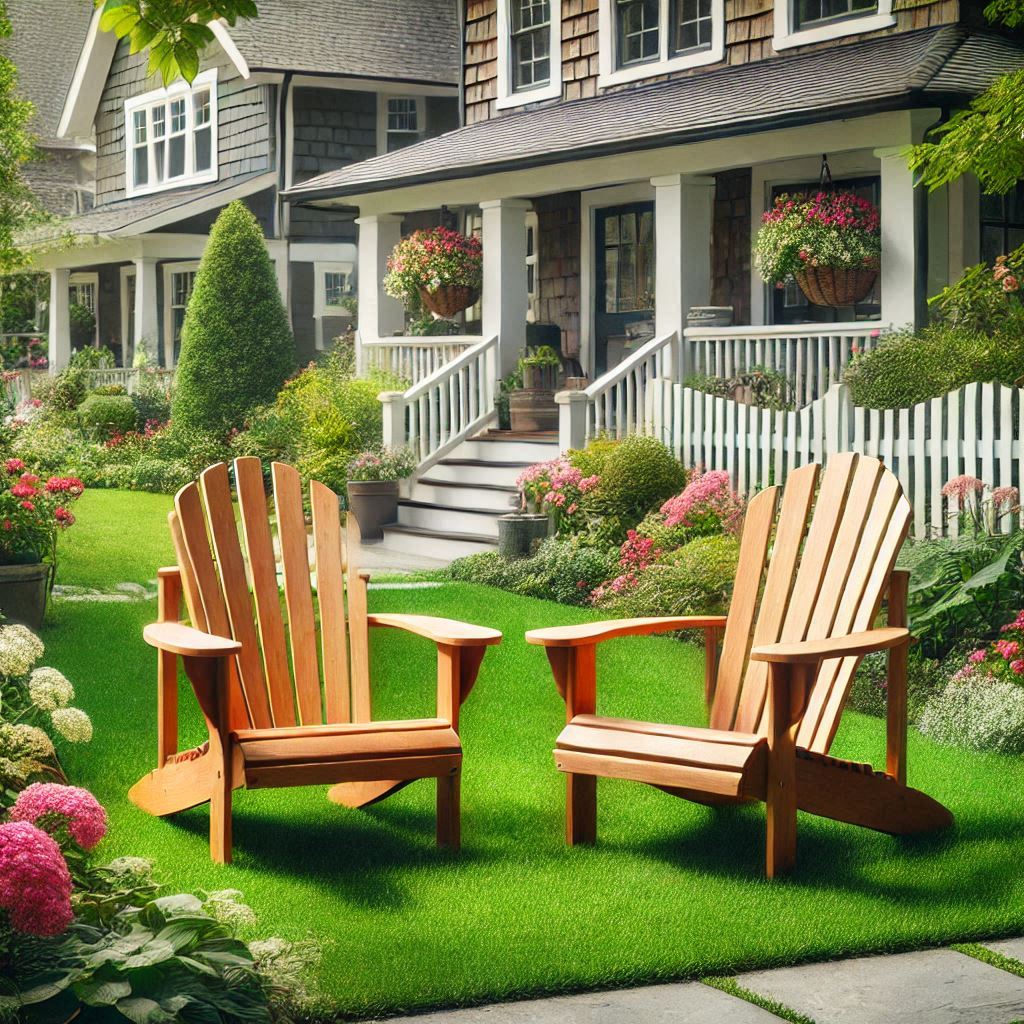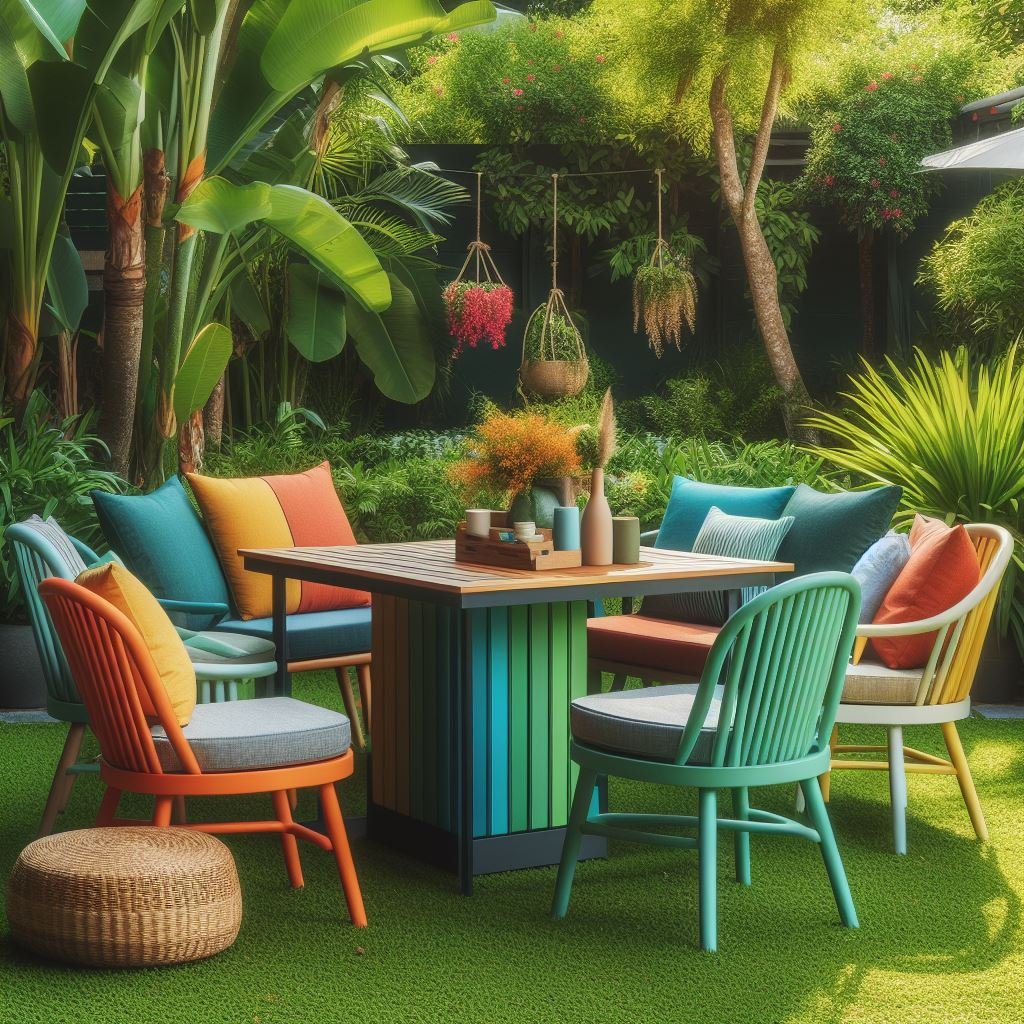Having spent years working with outdoor furniture materials, I’ve had the opportunity to explore both Polywood and Polyteak extensively. Each material has its unique strengths, and understanding these can help you make an informed decision for your outdoor space. Let me share my insights and experiences with you.
Here’s a detailed comparison table for Polywood and Polyteak:
| Feature | Polywood | Polyteak |
|---|---|---|
| Material | Recycled high-density polyethylene (HDPE) | Recycled plastics designed to mimic teak wood |
| Eco-Friendliness | Made from recycled plastic bottles, reducing waste | Made from recycled plastics, promoting sustainability |
| Durability | Highly resistant to sun, rain, snow, and saltwater; doesn’t crack, peel, or rot | Resistant to warping, cracking, and splintering; withstands extreme weather |
| Maintenance | Minimal; requires only soap and water for cleaning | Virtually maintenance-free; no oils or varnishes needed |
| Aesthetic Appeal | Mimics real wood; available in various colors | Closely resembles natural teak wood; offers a luxurious look |
| Longevity | Built to last for decades; often backed by long warranties | Durable and long-lasting; retains appearance with minimal effort |
| Cost | Generally higher due to long-term durability and minimal maintenance | More affordable than Polywood; offers teak-like appearance at a lower cost |
| Weight | Heavier than traditional wood, providing stability in windy conditions | Lighter than Polywood, easier to move and rearrange |
| Color Retention | UV-stabilized to prevent fading; color runs through the material | UV-resistant; maintains color well but may show slight fading over time |
| Texture | Smooth finish with a wood-like grain | Textured to closely mimic the feel of natural teak |
| Environmental Resistance | Resistant to mold, mildew, and insects | Resistant to mold, mildew, and insects |
| Temperature Resistance | Does not get excessively hot or cold, comfortable to touch | Can get warm in direct sunlight, but generally comfortable |
| Customization | Available in a wide range of styles and designs | Available in various styles, primarily focused on teak-like designs |
| Assembly | Often comes pre-assembled or with easy-to-follow instructions | Typically requires assembly, but straightforward with provided tools |
| Warranty | Often comes with extensive warranties (up to 20 years) | Generally comes with warranties, though typically shorter than Polywood |
| Environmental Impact | High positive impact due to recycling and long lifespan | Positive impact due to recycling, though slightly less durable than Polywood |
Polywood: The Sustainable and Durable Choice
Polywood is a type of lumber crafted from recycled plastics, specifically high-density polyethylene (HDPE). This material stands out for several reasons.
One of the most compelling aspects of Polywood is its eco-friendliness. Made from recycled plastic bottles, it significantly reduces waste and promotes environmental conservation. For instance, I once worked on a project where we used Polywood to create a set of Adirondack chairs for a beach resort. Knowing that each chair was made from hundreds of recycled bottles added a sense of purpose to the project.
Polywood’s durability is another major advantage. It can withstand the harshest weather conditions, including intense sun, heavy rain, snow, and salty sea air. Unlike traditional wood, it doesn’t crack, peel, or rot. I recall a client who lived near the coast and was tired of replacing their wooden furniture every few years. Switching to Polywood solved their problem, and their furniture still looks great years later.
Maintenance is minimal with Polywood. A simple wash with soap and water is usually enough to keep it looking new. There’s no need for painting, staining, or sealing. I have a Polywood dining set on my patio that has endured countless family gatherings and still looks pristine with minimal upkeep.
Aesthetic versatility is another strong point of Polywood. It mimics the look of real wood and comes in a variety of colors. Whether you prefer classic wood tones or vibrant hues, there’s something for everyone. Additionally, the color runs through the material, so scratches and dings are less noticeable. I once helped a friend choose a bright red Polywood bench for their garden, and it became a stunning focal point.
Polywood furniture is built to last for decades. Many manufacturers offer long warranties, reflecting their confidence in the material’s durability. Investing in Polywood means you’re making a long-term commitment to quality and sustainability. I’ve seen Polywood pieces that have been in use for over a decade and still look fantastic.
Polyteak: The Elegant Teak Alternative
Polyteak is designed to replicate the luxurious look and feel of teak wood. Here’s what makes it a compelling choice.
Polyteak closely mimics the rich, golden-brown color and grain of natural teak wood, offering the same aesthetic appeal without the high cost. I once worked on a luxury hotel project where we used Polyteak for the poolside loungers. The result was stunning, with guests often mistaking the furniture for real teak.
Like Polywood, Polyteak is made from recycled plastics and is highly resistant to weather conditions. It doesn’t warp, crack, or splinter, making it a reliable choice for outdoor furniture. I’ve seen Polyteak furniture withstand the intense sun of a desert climate without any signs of fading or damage.
Polyteak requires minimal maintenance. Unlike real teak, which needs regular oiling to maintain its appearance, Polyteak retains its look with just a quick clean using soap and water. I recommended Polyteak to a busy family who wanted beautiful outdoor furniture without the upkeep, and they’ve been thrilled with how easy it is to maintain.
One of Polyteak’s significant advantages is its affordability. While it offers the look of teak, it comes at a fraction of the cost. This makes it accessible for those who want the teak aesthetic without breaking the bank. I’ve helped several clients furnish their entire outdoor spaces with Polyteak, achieving a high-end look on a budget.
Detailed Comparison
Both Polywood and Polyteak are eco-friendly options as they are made from recycled plastics. Choosing either material supports sustainability and reduces plastic waste. In terms of durability, both materials can withstand various weather conditions. Polywood might have a slight edge in extreme weather resistance, but both are excellent choices for outdoor use. Maintenance is minimal for both, but Polyteak might have a slight edge in terms of appearance maintenance, as it doesn’t require any oils or varnishes. Cost-wise, Polyteak is generally more affordable than Polywood, making it a great option for budget-conscious buyers. However, the long-term investment in Polywood can be justified by its longevity and minimal maintenance costs.
Conclusion
In conclusion, both Polywood and Polyteak offer excellent durability, low maintenance, and aesthetic appeal. Your choice will ultimately depend on your specific needs, preferences, and budget. As someone who values both sustainability and quality, I can confidently say that either material will serve you well for years to come.
